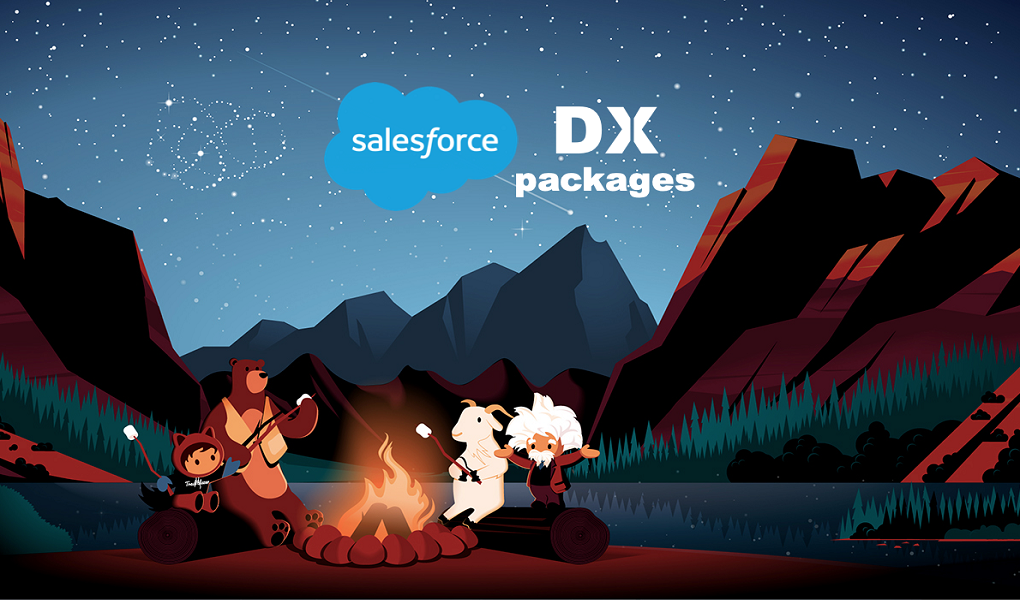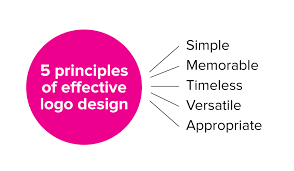DevOps is an automated development platform from Salesforce, which now comes with many add-on tools and features. As a result, DevOps can be your best partner in managing the deployment and releases much easier and quicker. Let us further review some quick points as to why DevOps becomes important in continuous development and integration.
Why DevOps important?
- To make the release-to-production process quicker and smoother.
- Lesser number of bugs and only negligible disruptions in ongoing services.
- Quick restoration in case of any service outages.
A survey conducted by Google back in 2020 showed that the top-performing teams that adopted DevOps practices tend to deploy their software about 200 times more frequently than the competitors and make changes up to 106 times quicker than the others.
DevOps start with small steps, and you need to make sure that all your team is onboard and keeping in pace with DevOps development. Layer on the complexity when your process and team are ready. Let us explore the main pillars of putting up a Salesforce DevOps strategy.
Pillar #1: Salesforce DevOps Version Control
It is the core pillar of all DevOps journeys. Version control now acts as the single source of truth. So let us explore how version control will benefit the team.
- Version Control will enable safe parallel development streams with branching.
- It will help to manage conflicts in code effectively.
- Version control also helps to maintain the complete audit trail.
- With version control, you can consistently deploy across different environments.
- Help reduce bugs with close code review.
- Rollback made simple with version control.
- You can release quicker and also more reliably
- Maintain a source-driven development approach
Pillar #2: Continuous Integration and Continuous Delivery (CI/CD)
With continuous integration as a salesforce DevOps strategy, you build a product that integrates every code change and commits in an ongoing manner. An automated build will then verify all the check-ins by letting the teams detect the problems well ahead of time.
In the case of complex products, the changes which are seemingly simple and self-contained will produce some unintended aftereffects. For example, if multiple developers work on multiple standalone codes, merging all these changes to a master branch can significantly better result. Here, the unpredictable results may further lead to various rounds of regression testing and related bug fixes.
Continuous integration or CI comes as a component of CD (continuous delivery), which will enable developers to integrate the updates easily and quickly to the master branch. By using continuous integration, the automated tests also can be run before and after making each change and validate that no new bugs are getting into the system.
Continuous Delivery will ensure that the code is rapidly and safely deployed to push the changes and produce a safe development environment manually. As the changes are automatically delivered to staging, you will be able to deploy them into production at just a click at the right time. The add-on step to push the code to a safe stating environment makes CI different from CD.
The continuous deployment comes further to continuous delivery in the sequence. With continuous deployment, the changes made pass the automated tests and are automatically deployed into production. Most of the companies which are not bound by any regulatory constraints may have continuous deployment as a goal, which can be ensured with Salesforce DevOps.
However, all the companies cannot adopt continuous deployment, but most of them can still implement CI. Continuous delivery can offer the needed confidence that the changes made will serve value to the customers while you release the product and also that you can push the button anytime when you are ready for it.
Pillar #3: Testing
Regression testing will help verify the applications built and tested previously perform the same even after the changes of which are interfaced with the other applications. All Salesforce Orgs undergo continuous changes to enhance their system and leverage the new features or expand the usage to a new team. All such changes needed to be again tested before they get deployed into production.
Salesforce used to have three yearly releases. They also offer a prereview release which will let the users find the challenges before they go to the production org. Using the sandbox preview window will let you get a better head start, and before the release, you have to focus more on regression testing, and even after that, you have to make the changes or add new features. Along with these three yearly releases, Salesforce also deploy patches every week to know issues, which you can avail to fix the same. By using regression testing, Salesforce DevOps can meet regulatory compliance and help mitigate the business risks.
Pillar #4: Backup
Automated backups needed to be run frequently, which is the primary requirement of a good backup solution. Along with this, it is also essential to run some add-on backups on demand. Data loss can be due to the changes made during the development, so running an add-on backup before any risky release will help the teams avoid any data loss or costly downtime. The on-demand data backups may take only a little effort and may not skip backing up whatever is needed as being short on time. There are Salesforce DevOps to ensure the on-demand backup of both data and metadata.
Proper restoration
Backups are meant to restore the data. If you cannot restore quickly, then back up has no value. You should not also undervalue the complexity of restoring data manually to Salesforce org. So, restoration is not just replacing the data lost, but you need to restore the metadata at the first point in many cases. This needs solid tools, and the whole team should be intimated with the tool. On Salesforce DevOps, you need to.
- View the status of your data backup.
- Browse the data backups.
- Execute all key functions like running, rescheduling, disabling, and enabling the data backups.
- Edit the job settings at the backup.
- Delete the records or even the backup job and all the expected and unexpected data backed up.
- Guarantee the data and ensure business continuity.
- Try and protect from any attacks, bugs in Salesforce, accidental data deletions, etc.
Once you have gained enough insights into these four pillars, you need to put it all together in light of your specific use case and take the most appropriate route of accomplishing the same.




